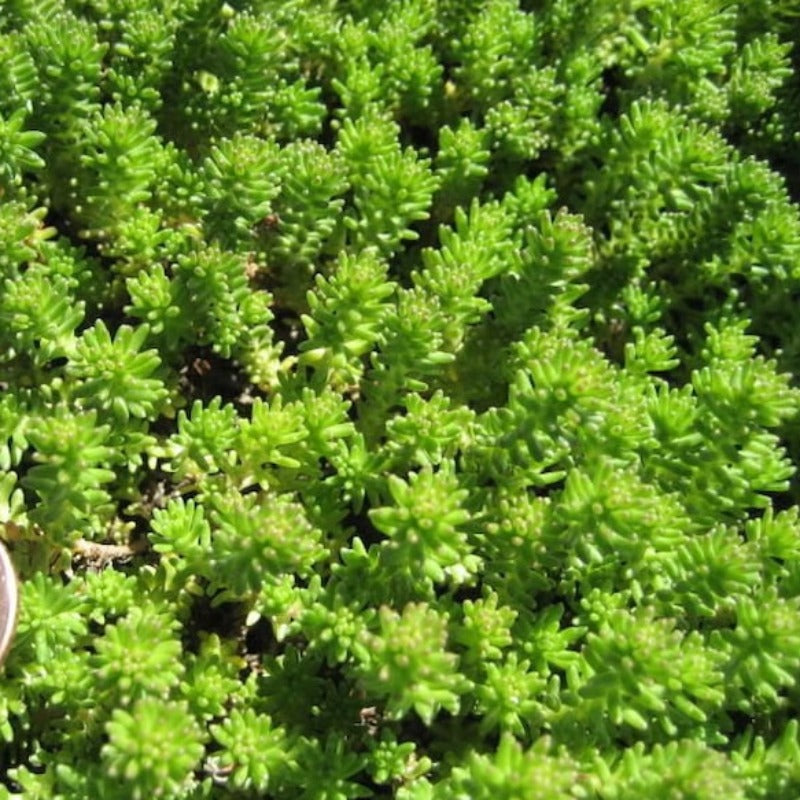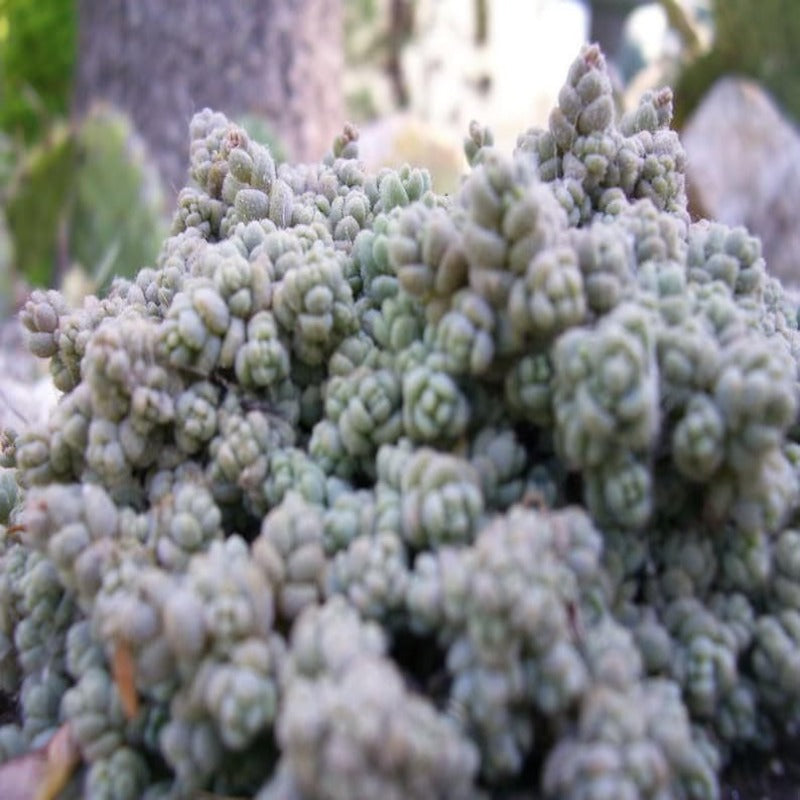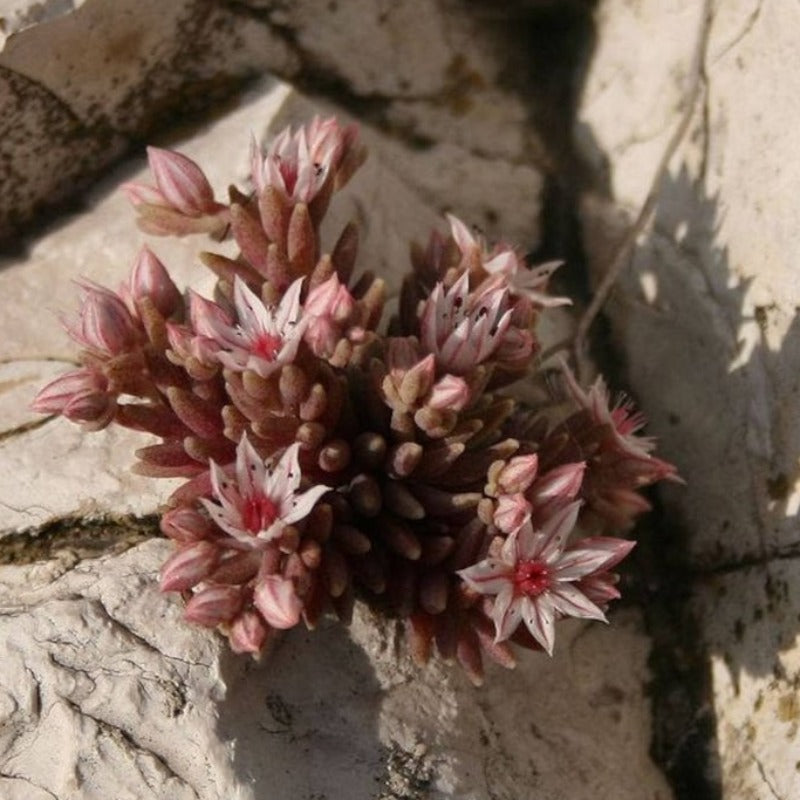- Historical context: Spanish Stonecrop, scientifically known as Sedum hispanicum, is a member of the Crassulaceae family. It is a perennial plant that is often used in rock gardens and as ground cover.
- Geographical origination: As the name suggests, Spanish Stonecrop originates from Spain and other parts of Europe.
- Relevant cultural significance: In its native regions, Spanish Stonecrop has been used for its medicinal properties and as a decorative plant in gardens.
- Time period of discovery: The exact time period of discovery is not well-documented, but it has been a part of traditional medicine and horticulture for centuries.
- Original habitat: Spanish Stonecrop is native to rocky and mountainous regions of Spain and Europe.
- Notable historical uses: Historically, it has been used for its medicinal properties, particularly in treating skin conditions and wounds.
- Ideal temperature range: Spanish Stonecrop prefers a temperate climate and can tolerate temperatures down to -30 degrees Fahrenheit.
- Soil type: It thrives in well-drained, sandy or gravelly soil with a neutral to slightly acidic pH.
- Sunlight requirements: This plant prefers full sun but can tolerate partial shade.
- Watering needs: Spanish Stonecrop is drought-tolerant and requires minimal watering. Overwatering can lead to root rot.
- Planting season: The best time to plant Spanish Stonecrop seeds is in the spring.
- Germination time: Seeds typically germinate in 2-3 weeks.
- Growth cycle duration: Spanish Stonecrop reaches maturity in one to two years.
- Common pests and diseases: This plant is relatively disease and pest-resistant, but can be affected by mealybugs and fungal diseases if overwatered.
- Companion planting advice: Spanish Stonecrop pairs well with other drought-tolerant plants such as succulents and cacti.
- Common challenges and solutions: Overwatering is a common issue. To prevent this, ensure the plant is in well-drained soil and reduce watering during winter months.
- Nutritional values: While not typically consumed for its nutritional value, Spanish Stonecrop is known to contain vitamin C.
- Health benefits: Traditionally, Spanish Stonecrop has been used to treat skin conditions and wounds due to its purported anti-inflammatory properties.
- Culinary uses: Spanish Stonecrop is not commonly used in cooking.
- Medicinal uses: In traditional medicine, it has been used as a topical treatment for skin conditions and wounds.
- Other unique advantages: Spanish Stonecrop is a drought-tolerant plant that can thrive in poor soil conditions, making it an excellent choice for rock gardens and xeriscaping.










